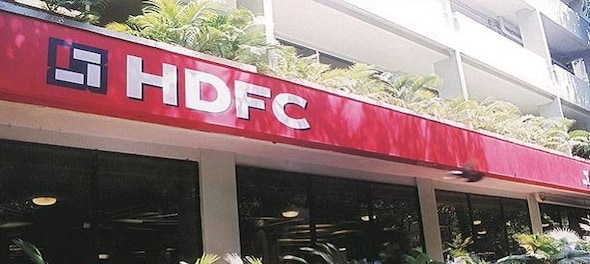
To expand its range of tools to manage risk, India's largest mortgage financier, Housing Development Finance Corporation (HDFC), has executed an unusual trade to hedge some of its borrowing against interest rates volatility. This newly executed trade mechanism is called Total Return Swap Deal.
The loans, like housing loans, on the asset side, are given to the borrowers in India at a floating rate by lending institutions like HDFC. Whereas on the liability side, the Indian market is largely a fixed rate market. Therefore, the balance sheet of the lenders inherently has to handle floating versus fixed mismatch.
To handle this mismatch, HDFC enters into Overnight Index Swaps (OIS). These are the swaps which convert their fixed rate liabilities into floating rate liabilities.
V S Rangan, Executive Director, HDFC, said that for entities like theirs, the home loan balance sheet is very large, so is the risk in the balance sheet in terms of volumes. All of their hedging of this risk was based on a single benchmark till now.
“Given the size of our balance sheet, we felt the need to diversify into alternative interest rate market benchmarks to hedge this risk. That is how we started executing the TRS (Total Return Swap) transactions," said Rangan.
The only difference between OIS and TRS is that in the latter, the hedge is done on the government security benchmark. “This is the ten year or five year traded government security rate which is the standard benchmark for the entire market on interest rates. These trades are based on that benchmark," says Rangan.
This allows HDFC to receive the G-sec rates instead of OIS rates. Banks are also provided charges for executing this transaction. According to Rangan, this variation also helps their balance sheet structurally.
He explained, “When we go to the money markets and raise fixed rate debt instruments, these debt instruments are normally priced off the government security rate.” He added, “So the government security rate (a risk free rate) plus whatever credit spread is trading at that point in time is where our debt security is priced.” Using the same curve to hedge their borrowings is the best match for HDFC, according to him.
Another important factor to put in place TRS with OIS was avoiding pilling on all the swaps on a single market benchmark. It could pose a risk as the MTM (Mark to Market) of the whole book moves if the particular rate moves. Thus, the TRS is brought in as a ‘complementary’ mechanism and not as an alternative.
While talking about its relation with central banks' policy rates, he said that this new trade method is not meant to be a hedge against rate hikes. The intent in these transactions is to protect the risk in the balance sheet already on account of the floating rate risk on the asset side versus the fixed rate liabilities. Even if the policy rate is raised, the rates on the loans given to HDFC’s borrowers will go up and so will the rates on the liabilities because they are also now based on floating rates. This will result in natural hedge, he added.
Rangan also clarified that the execution of the new hedging tool has absolutely nothing to do with the merger but just their business model.
First Published: Aug 30, 2022 6:36 PM IST
Check out our in-depth Market Coverage, Business News & get real-time Stock Market Updates on CNBC-TV18. Also, Watch our channels CNBC-TV18, CNBC Awaaz and CNBC Bajar Live on-the-go!


Andhra Pradesh Lok Sabha elections: A look at YSRCP candidates
Apr 25, 2024 6:54 PM
Lok Sabha elections 2024: Banks and schools to remain closed in these cities for phase 2 voting
Apr 25, 2024 5:33 PM
Andhra Pradesh Lok Sabha elections: Seats, schedule, NDA candidates and more
Apr 25, 2024 5:16 PM

